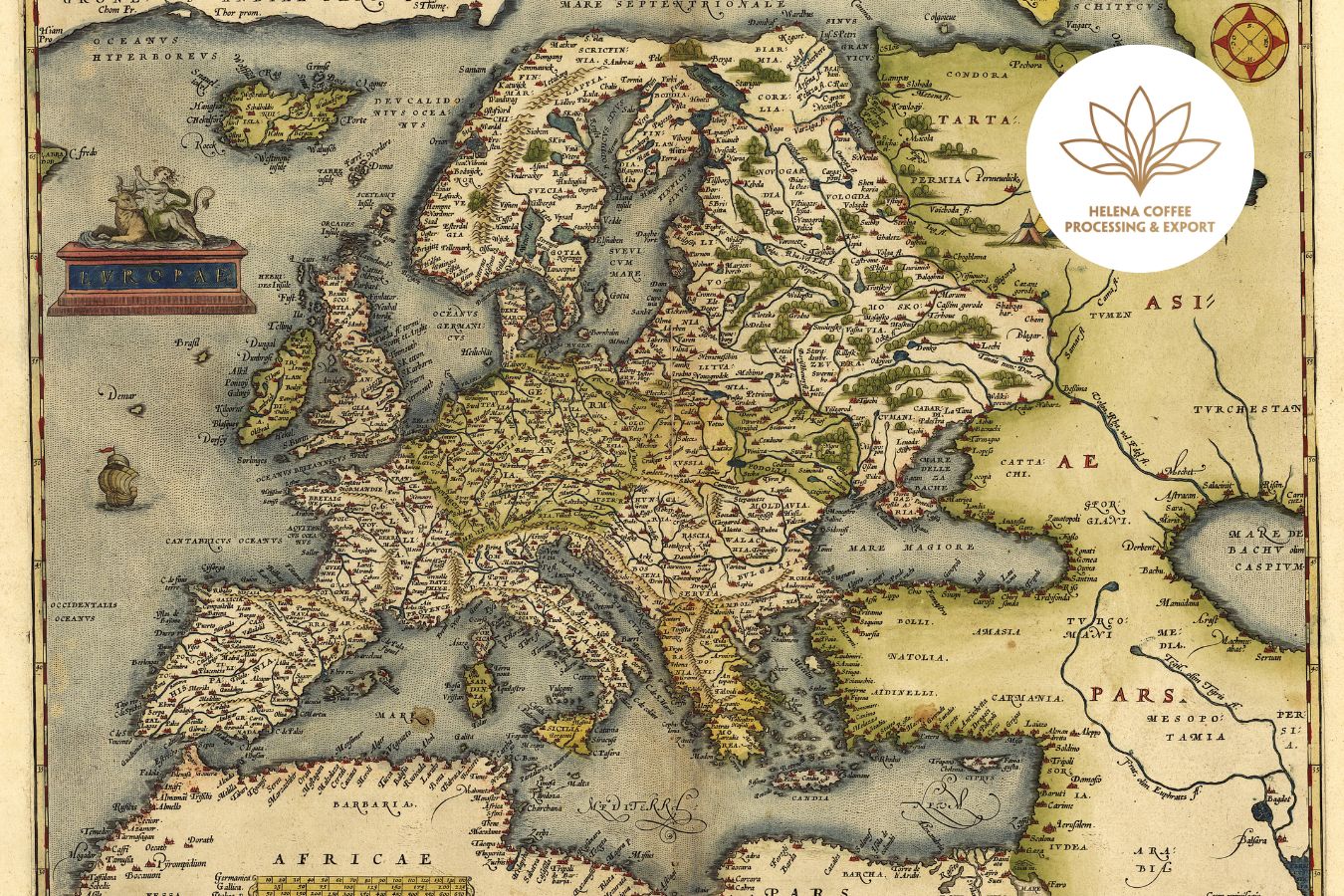
What is the history of cafe 16th-17th century? Really, the coffee tree is most likely to have originated in Abyssinia, today known as Ethiopia. We are known as the Horn of Africa because we are located at the crossroads of Africa and Arabia.
Despite always living in relative poverty, the Abisiana are self-reliant and proud people, most Eastern Orthodox — unlike the African Aborigines.
However, they were surrounded by religious opponents in eight directions. This mass allowed the Ethiopians to hibernate for about 1,000 years (according to historian Gibbon), while the drink known as “coffee” faded into obscurity.
History of Cafe 16th-17th century? Ethiopia is the birthplace of the coffee business around the world
The cafe tree’s history is a winding road through the centuries, entwined with reality and religious legends. The appearance of coffee has been the subject of several Ethiopian and Arab stories. The story of the goatherd youngster Kaldi in the district of Kaffa, a town in southwestern Abyssinia, may be the most commonly circulated among them.
The coffee bean and leaves were given Bun o in honor of this mythology, and they were first chewed. On the other hand, Ethiopians quickly found alternative ways to obtain their coffee fix. They boiled the leaves and berries in boiling water, and they roasted the pods to make a beverage known as Qishr (now Kosher).
Finally, in the 16th century, someone roasted green coffee, ground it, and turned it into the herbal tea we know today.
Abyssinia’s indigenous coffee
Most academics think that the coffee plant is indigenous to Abyssinia, from whence coffee production spread throughout the tropics, according to William H. Ukerst’s research in All About Coffee (1922).
An Arab physician documented the earliest honorable mention of the qualities and applications of the coffee plant in the late ninth century (BC) – which supports the theory that the plant grew wild in Abyssinia before that time.
In the early days of Ethiopia, the Abyssinians arrived from Arabia, probably bringing coffee with them (according to Ludolphus).
As a result, the Arabs must be credited with discovering and popularizing the beverage and propagating the coffee plant they found in Abyssinia and carried to Yemen.
Coffee Rituals in Ethiopia
In history Ethiopians still hold hour-long traditional coffee ceremonies with important visitors nowadays. The wife will roast the coffee on an iron plate (on a charcoal stove with assorted rosemary) while the hostess sits and talks with the guests, and when the coffee changes color, it will be pounded into the kettle with water. One teaspoon of cardamom or cinnamon powder to be boiled on the stove.
Introduction to how to make coffee: When the water boils, pour the coffee mixture into cups, add a spoonful of sugar, and everyone consumes their thick coffee, tasting (due to the variety of powders) while telling their stories. The others will come home after approximately a turn.

The first coffee waves arrived in Arabia.
Coffee was frequently traded by Arabs across the Red Sea not long after Ethiopians discovered it. Around the 50s of the sixth century, Ethiopians went invaded and conquered Yemen, which is most likely what happened.
Initially, Sufi-Arab clergy thought of coffee as a drink that would help them stay awake in the morning. Prayers are said at midnight. Pilgrims had taken coffee throughout the Muslim world by the late 15th century, making it a profitable product in Persia, Egypt, Turkey, and North Africa.
Having to deal with religious opposition
Coffee earned a reputation as a social concoction when it became popular in the 16th century present in the oldest coffee houses. Because there they are served and enjoyed. Many members of the governing class consider their subjects to be extravagant in café.
More seriously, when Khair-Beg, a teenage ruler of Mecca, was insulted at the restaurants, and conversation knowledge café he outlawed coffee with the Kora, forcing coffee shops in Mecca to close down in 1511.
It didn’t help that during the 16th century, authorities and religious leaders outlawed coffee, imposing harsh penalties such as imprisonment and being thrown into the sea… Nevertheless, until the ban was overturned, many people continued to steal coffee (in 1524, according to Wikipedia).
Why did drinking coffee have such a “terrorist” connotation in Arab society at first? Of course, caffeine addiction is a factor, but there’s still much to discuss. Coffee gave me an excellent mental stimulant that allowed me to feel a surge of energy without any adverse side effects.
Furthermore, coffee took on a more significant social significance during this period. The first cafés allowed people to socialize, relax, and conduct business and debate literature, politics, conversation, parties and other topics. In Turkish society, this drink has grown far too significant.
Arabian coffee traffickers and Turkish coffee house
In 1536, origins the Ottoman Turks conquered Yemen, and coffee beans quickly became a famous export throughout the Turkic empire. Because coffee was frequently exported from the port of Mocha in Yemen at the time, this region’s coffee was named Mocha.
The coffees were shipped from Mocha to Suez, subsequently brought by camel to Alexandrian warehouses, handled by French and Venetian merchants, followed by the development of Turkish coffee house.
And it was unavoidable that some would try to get over these tight rules; for example, during the 1600s, a Muslim pilgrim named Baba Budan stole seven coffee beans (7 is the number). The ancient Indian, Greek, Egyptian, and Jewish groups considered it sacred and good luck.
In less than a century, the revolution 17th-century Arabian coffee (Ethiopian coffee) has conquered places far more remote than any Ethiopian could have imagined, ushering in a new era in coffee history.
We are reaching the West and Latin America in the 17th and 18th centuries. Besides, the historic coffee houses makes money by developing users’ taste buds